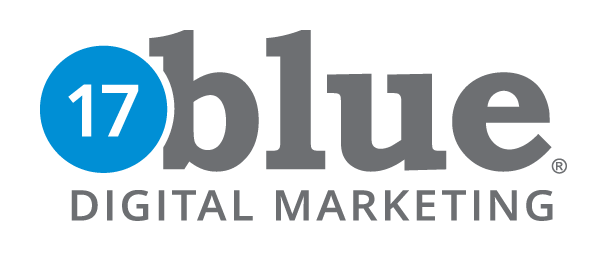Relationship Reform
In the world of public relations, published articles and television interviews equal free advertising. But it takes more than knowing the who, what, where, when, why and how of your company to grab the attention of a journalist.
While Facebook, Twitter and the now nearly forgotten MySpace were still in virtual diapers, I graduated with a degree in journalism. Two seconds later, the world declared the newspaper to be on its deathbed and television news to soon succumb to 24/7 online updates.
The forecast was a bit off and a little early, though certainly still looming. Until then, however, everyone from churches to Fortune 500 companies continue to compete for the coveted spots, whether in print or on television.
With more than a decade in the field, I know what it takes to get journalist to not only want to tell your story but to keep it from being buried on page 11. The next few blog posts will teach you the best way to be noticed, be contacted, and be published to help promote your company.
Relationships 101
There is not a font bold enough to help me emphasize the importance of building a relationship with journalists. Publications and news outlets are bombarded by numerous press releases, phone calls, and requests all the time. Getting lost in the shuffle is inevitable if you don’t have a strategy.
1. Pick your target.
Sure, you can send notices out to every corner of the news industry about your company’s newest endeavor, but unless it’s a world-changing idea, odd are high you won’t even get a response. Start with your local news outlets. Contacting the editor is fine, but your real targets are the reporters themselves. Many journalists have “beats,” or certain subject-matters they cover like government, crime, or community events, so your initial mission is to find who would most likely cover stories like yours.
2. Introduce yourself.
In the real world, you wouldn’t approach a stranger and immediately ask them for a favor. Yet companies around the globe make this very mistake when attempting to get media attention. Common courtesy would suggest before making any kind of pitch, or request, for coverage, you should introduce yourself to the other party. Most writers make it easy by including their contact emails at the end of articles, as well as their social media profiles on platforms like Twitter or LinkedIn. Before you even send a press release, write up a conversational, “get to know you” message. Tell them exactly what you want – to introduce yourself. Tell them your name, your organization, and how you hope to be able to work with them in the future. This short introduction will set you apart when you finally send your story suggestion since the reporter will at least know your name.
Get to know them.
Writers crave an audience like you crave customers and clients. We want to know our work is being read and our voice it being heard. One of the best ways to get to know your reporter is to read their previous articles. Then, take it one step farther and comment on it, retweet it, or share it on Facebook. Never underestimate the power of a compliment. This small action is a giant move in building your rapport. When the time comes to pitch your story, they’ll be more willing to help you because you’ve invested in them.
Don’t miss the next segment, “Pitch Perfect,” where I’ll divulge the secrets of a press release that pops.
Series Part 2: Pitch Perfect | Part 3: Interview Intel | Part 4: Friendly Followup





